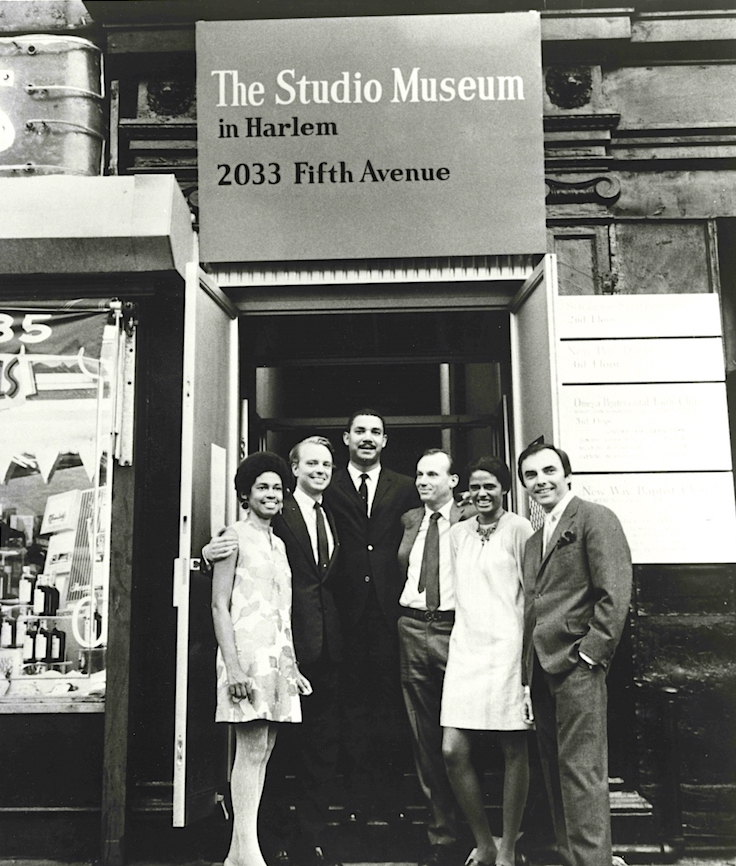On Sunday, October 2, 2016, in the Bronx, Betty Blayton-Taylor, an unsung figure in the art world, quietly transitioned into the spiritual cosmos she often conjured in her abstract metaphysical work. She was 79. I first met Betty sometime in late 2012 or early 2013. As curator of AARP New York’s first-ever art exhibition, Lasting Legacy: The Journey of YOU, I was tasked with finding artists who exemplified the campaign’s themes of discovering one’s unique talents, exploring new possibilities, and creating lasting legacies. After coming across Betty’s work and meeting her at her home, I knew I wanted her in the exhibition. She embraced me with such warmth — a local legend entrusting her work to the vision of a young, novice curator.
[mc4wp_form id=”6042″]

 Photo | Betty Blayton Taylor’s “Shape of Sound.”
Photo | Betty Blayton Taylor’s “Shape of Sound.”
 Photo | Betty Blayton Taylor’s “Reaching for Center
Photo | Betty Blayton Taylor’s “Reaching for Center
 Photo | Courtesy of the Studio Museum in Harlem
Photo | Courtesy of the Studio Museum in Harlem

Harlem is a large neighborhood in the northern section of the New York City borough of Manhattan. Since the 1920s, Harlem has been known as a major African-American residential, cultural and business center. Originally a Dutch village, formally organized in 1658, it is named after the city of Haarlem in the Netherlands. Harlem’s history has been defined by a series of economic boom-and-bust cycles, with significant population shifts accompanying each cycle.
African-American residents began to arrive en masse in 1905, with numbers fed by the Great Migration. In the 1920s and 1930s, Central and West Harlem were the focus of the “Harlem Renaissance”, an outpouring of artistic work without precedent in the American black community. However, with job losses in the time of the Great Depression and the deindustrialization of New York City after World War II, rates of crime and poverty increased significantly. Harlem’s African-American population peaked in the 1950s. In the second half of the 20th century, Harlem became a major hub of African-American businesses. In 2008, the United States Census found that for the first time since the 1930s, less than half of residents were black, and black residents only counted for 40% of the population.
Since New York City’s revival in the late 20th century, long-time residents of Harlem have been experiencing the effects of gentrification and new wealth. (Onychek).


You must be logged in to post a comment.